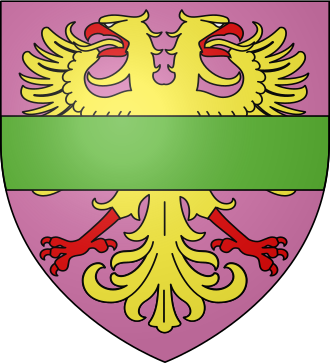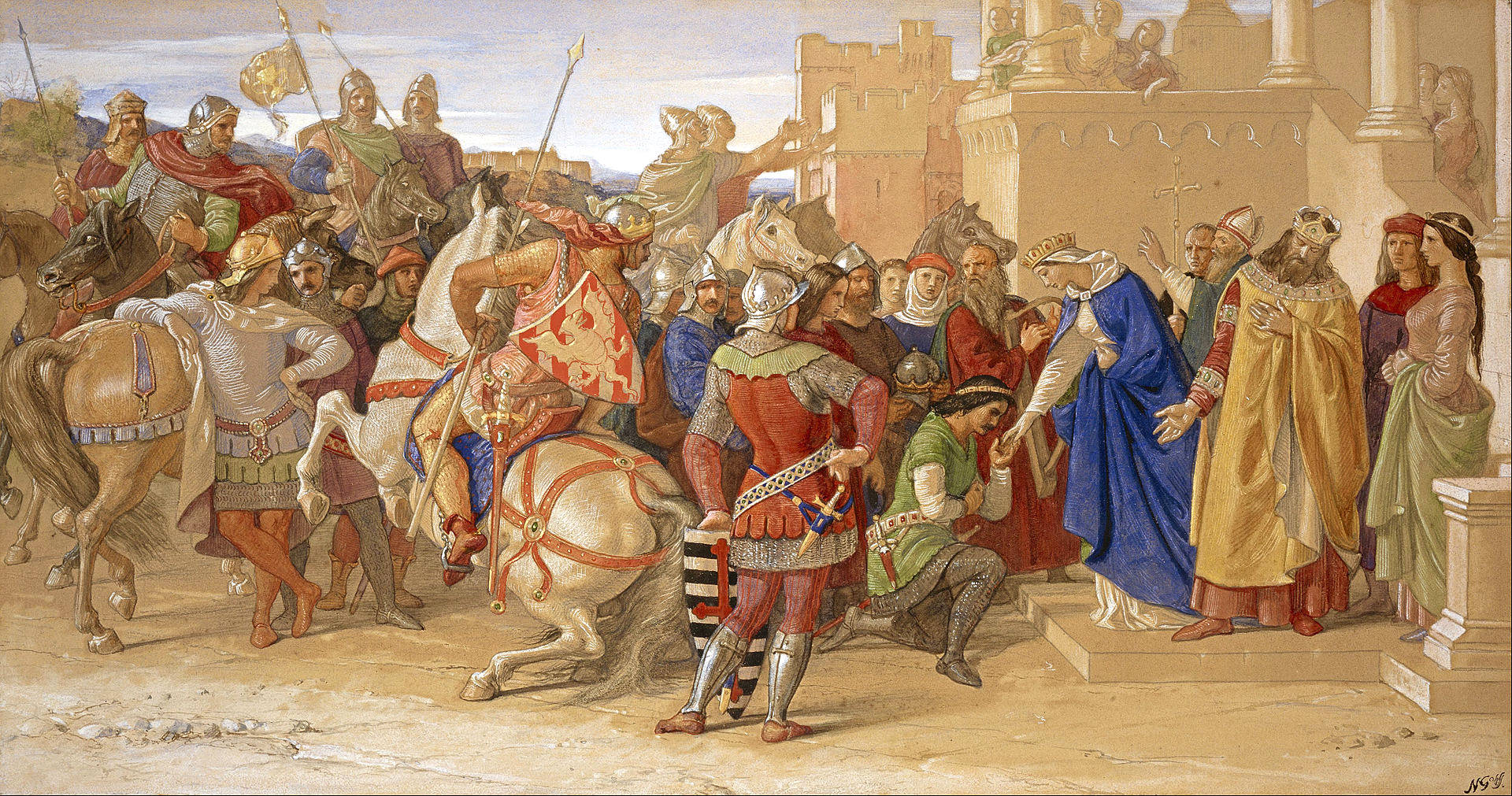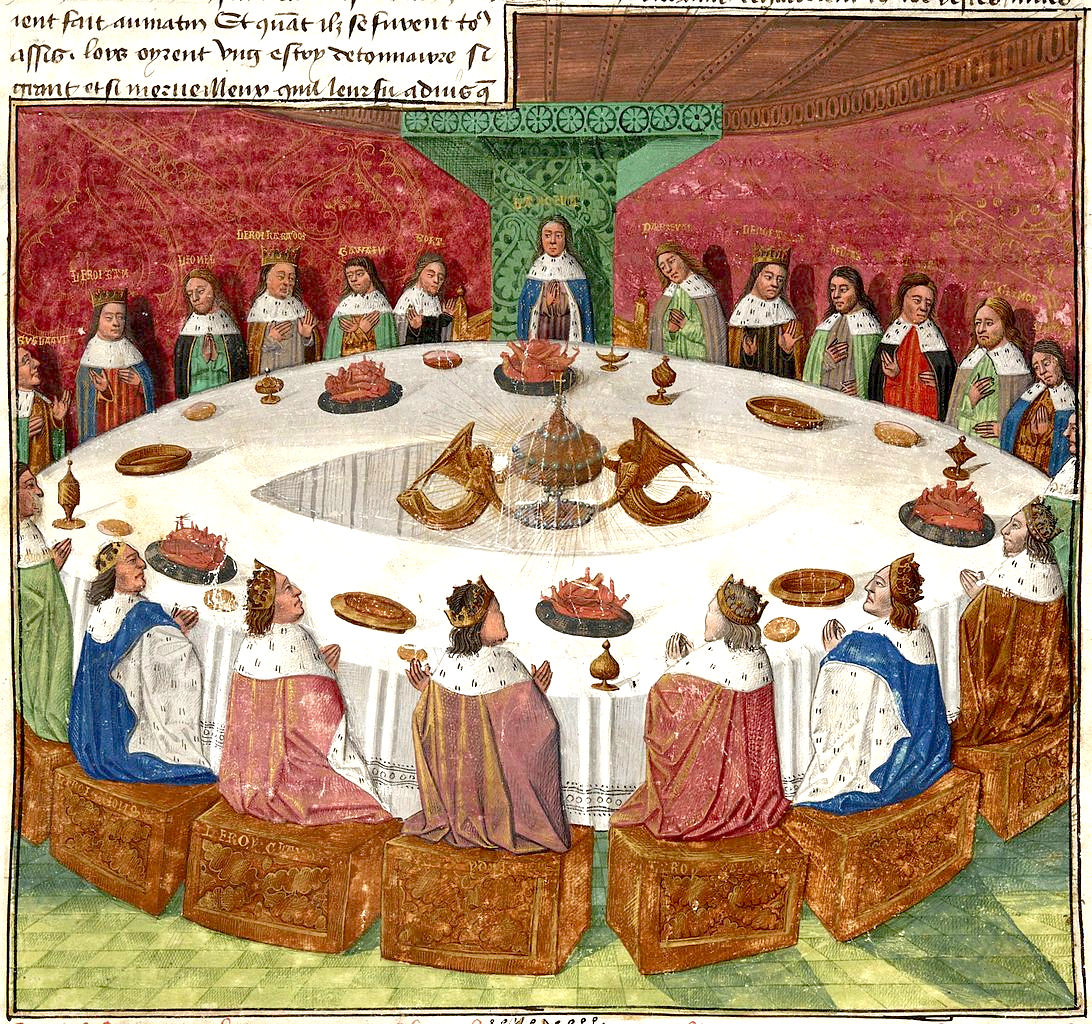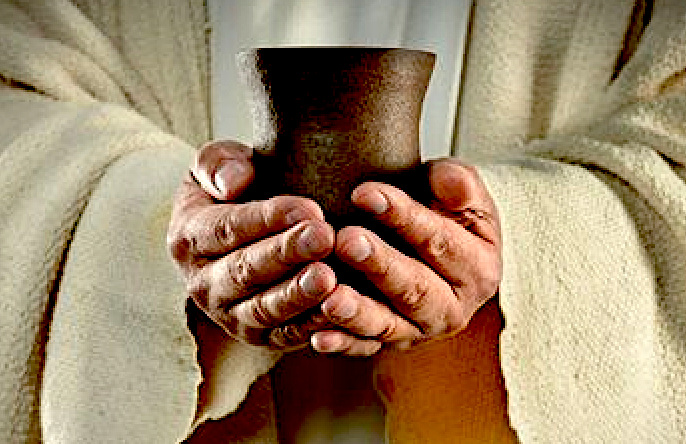
Sir Agravain (/æɡræveɪn/) is a Knight of the Round Table in Arthurian legend, whose first known appearance is in the works of Chrétien de Troyes. He is the second eldest son of King Lot of Orkney with one of King Arthur's sisters known as Anna or Morgause, thus nephew of King Arthur, and brother to Sir Gawain, Gaheris, and Gareth, as well as half-brother to Mordred. Agravain secretly makes attempts on the life of his hated brother Gaheris since the Vulgate Cycle, participates in the slayings of Lamorak and Palamedes in the Post-Vulgate Cycle, and murders Dinadan in the Prose Tristan. In the French prose cycle tradition included in Thomas Malory's Le Morte d'Arthur, together with Mordred, he then plays a leading role by exposing his aunt Guinevere's affair with Lancelot, which leads to his death at Lancelot's hand.
In the traditional, albeit contested, division of the massive medieval prose Lancelot portion of the Vulgate Cycle into three or four parts, the last section is named after Agravain. Despite giving his name to the section, Agravain plays only a minor part in most of its stories.
Agravain is one of the knights who realises that Lancelot and Queen Guinevere are secret lovers (in the Vulgate, he and his brothers are told of that by their aunt, Morgan). His envy and hatred of Lancelot lead him to believe that they should tell King Arthur about this. When Arthur happens to wander into the argument, he demands to know what it is that he should not be told about. Agravain tells Arthur about Lancelot and Guinevere; a plot is hatched according to which Arthur will go hunting all night without taking Lancelot. Agravain, with Mordred and a group of knights, will keep watch on the king's wife in order to entrap Lancelot when he comes to her and so prove the accusation. This results in Agravain's death, but the details vary depending on the telling.
In the English poem Stanzaic Morte Arthur and in Malory's Le Morte d'Arthur, the trapped Lancelot attacks the knights who have lain in wait and kills almost all of them, including Agravain. In the Vulgate Mort Artu, however, Lancelot only kills one knight (Tanaguins) and the rest, in fear, refuse to attack Lancelot. Agravain is then among the nobles who sentence Guinevere to be burned at the stake, and Arthur tells Agravain to pick knights to serve as a guard during the burning. Agravain agrees, but insists that Arthur order Gaheris to accompany him as one of the party. When Lancelot and his party attack, Lancelot, riding ahead of the others, charges deliberately at Agravain, whom he recognises, and strikes him though his body with his lance. When King Arthur finds Agravain dead, he falls to the ground in a faint, and says (in Norris J. Lacy's modern English version of the Lancelot-Grail): "Oh, fair nephew, how he hated you who stuck you so! Everyone must know that he who deprived my kinsmen of such a knight as you are has inflicted terrible grief on me." Agravain's body is then buried in a very rich tomb in the church at Camelot.
In
the legend of King
Arthur Pendragon, he is famous for his quest to
find the Holy
Grail, Cup of Jesus
Christ, is a search for the divine in all of us.

Knights
of the Round Table, depart in their quest to find the Holy Grail
KNIGHTS OF THE ROUND TABLE
The Knights of the Round Table, are the knights of the fellowship of King Arthur in the literary cycle of the Matter of Britain. First appearing in literature in the mid-12th century, the Knights are an order dedicated to ensuring the peace of Arthur's kingdom following an early warring period, entrusted in later years to undergo a mystical
quest for the Holy
Grail. The Round Table at which they meet is a symbol of the equality of its members, who range from sovereign royals to minor nobles.
The various stories in the cycle present an assortment of knights from all over Great Britain and abroad, some of whom are even from outside of Europe.
By the end of Arthurian prose cycles, the knights split up into groups of warring factions following the revelation of Lancelot's adultery with King Arthur's wife, Queen Guinevere. In the same tradition, Guinevere is featured with her own personal order of young warriors and knights, known as the Queen's Knights. Some of these romances retell the story of the Knights of the Old Table, led by Arthur's father, Uther Pendragon, whilst other tales focus on the members of the 'Grail Table'; these were the followers of ancient Christian
Joseph of
Arimathea, with his Grail Table later serving as the inspiration for Uther and Arthur's subsequent Round Tables.

THE
MOST
MENTIONED KNIGHTS OF THE ROUND TABLE A - Z
Sir Agravain
King Arthur
Sir Bedivere
Sir Bors de Ganis
Sir Dagonet
Sir Ector
Sir Gaheris
Sir Galahad
Sir Gareth
Sir Gawain
Sir Geraint
Sir Kay
Sir Lamorak
Sir
Lancelot
Sir
Mordred
Sir Percival
Sir Tristan
EXCALIBUR
Some believe that
'Excalibur' was the sword King Arthur pulled out of the stone to claim his right to the throne of Britain.
Excalibur means ‘cut-steel’ and it is attributed with magical properties. Supposedly, it was formed with the heat from dragon-fire.
The sword served the King well until the scabbard, the sword cover, which was supposedly magical in nature, went missing. After this, he was defeated in battle and fearing his death, Arthur gave
Excalibur to his Knight, Sir Bedivere to keep.




